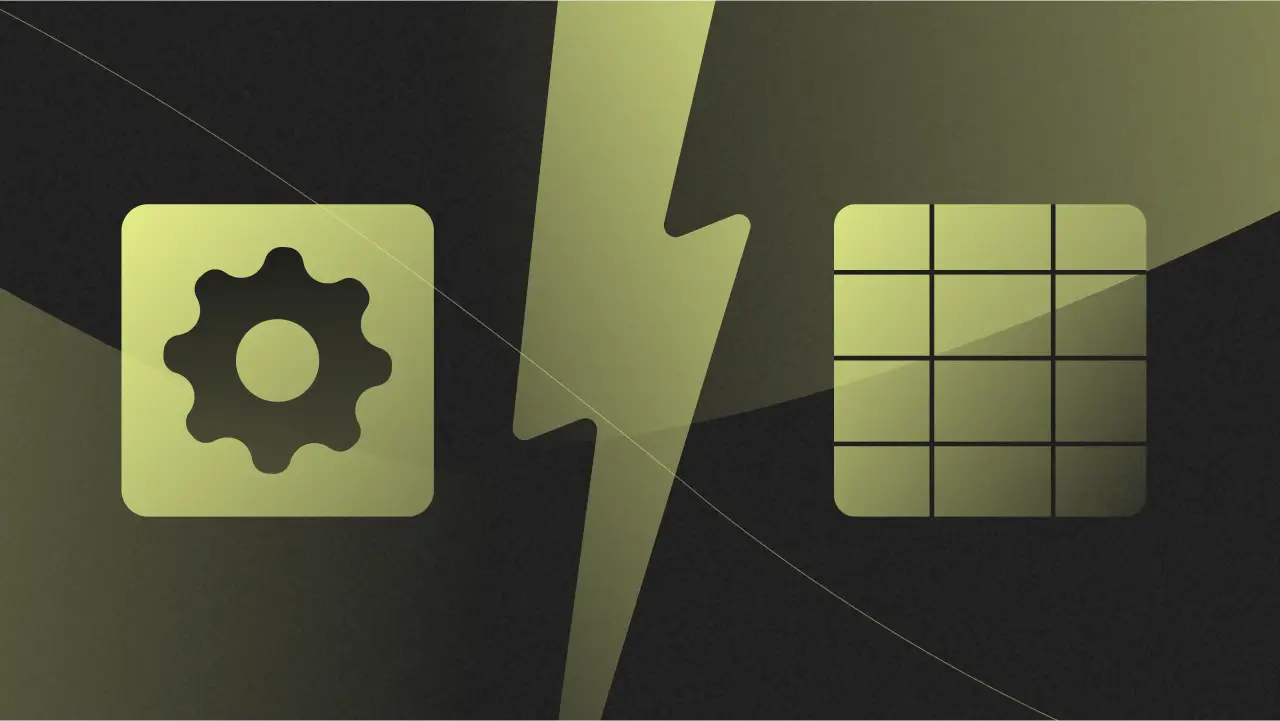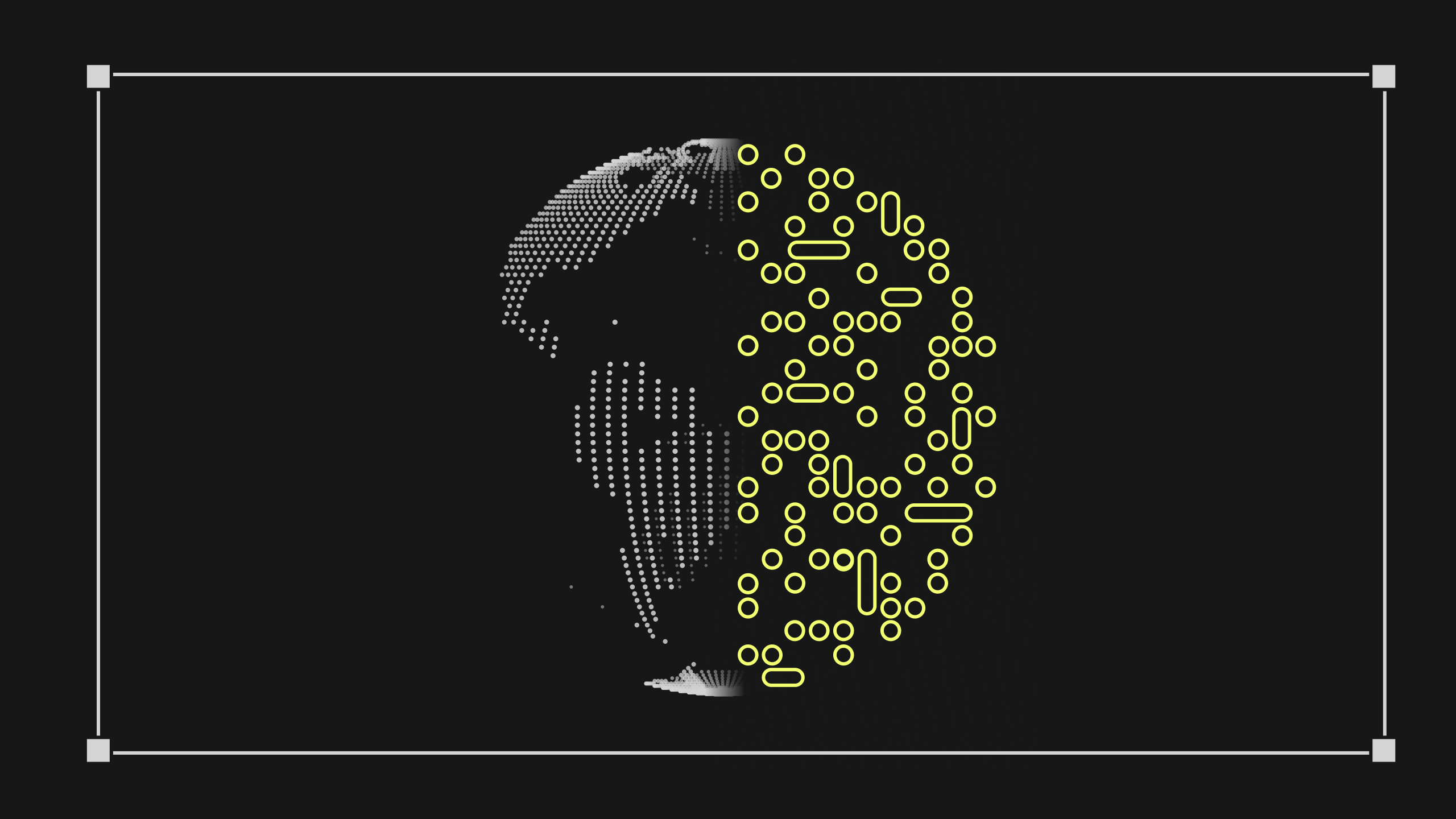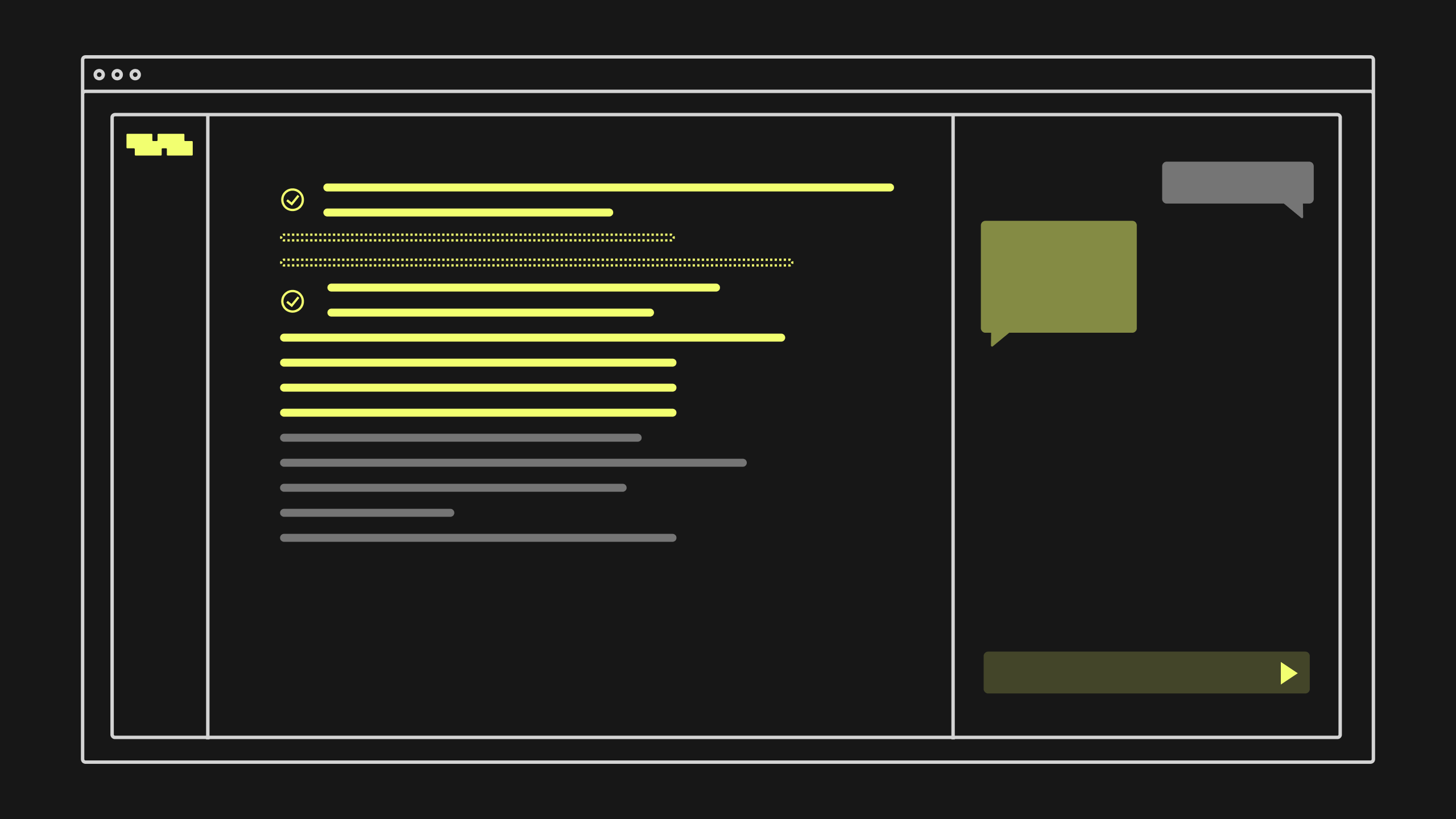
Key Takeaways
Orchestration and automation are distinct concepts that are key to understanding modern business process management.
- What is automation: Making a single task run without human intervention (e.g., sending an email).
- What is orchestration: The coordination of multiple automated tasks to create a cohesive, end-to-end business process.
- The key analogy: Automation is about the individual instruments, while orchestration is about the conductor leading the entire symphony.
Enterprises constantly seek methods to streamline workflows and amplify output in the relentless pursuit of operational efficiency. Terms like “automation” and “orchestration” frequently appear in these discussions, often used interchangeably, yet they represent distinct concepts with unique implications for business strategy. For accounting, finance, and technology leaders in large organizations, discerning the precise distinction between Orchestration vs Automation is critical for making informed technology investments and unlocking genuine competitive advantage.
This article aims to clarify the critical distinction between automation and orchestration in business processes. We will define both concepts, articulate their individual roles, explain how they differ, and detail their combined benefits in streamlining operations, elevating efficiency, and managing complex systems. By illustrating how automation zeroes in on individual tasks while Kognitos, with its native AI skills, uniquely curtails the need for extensive, high-level orchestration across disparate products by embedding intelligence directly into the automated processes themselves, this content offers a comprehensive synthesis. In essence, it serves as a foundational resource for organizations aiming to implement or optimize automated workflows and system management, championing their role in achieving superior productivity, agility, and strategic control through Kognitos’s distinctive AI automation platform.
Demystifying Automation
At its core, automation involves programming a system or machine to perform a specific task or a set of tasks independently, without requiring human intervention. It’s about replacing manual effort with technology for repetitive, rule-based, or high-volume activities. Think of automation as the hands and feet of efficiency; it executes predefined actions swiftly and accurately.
Examples of simple automation are pervasive:
- Automatically sending an email confirmation after a form submission.
- A bot extracting data from a spreadsheet and entering it into a database.
- A sensor triggering a machine to start or stop based on a condition.
These examples illustrate that automation typically focuses on individual, discrete steps within a larger process. It excels at doing one thing, or a closely related set of things, repeatedly and flawlessly. Its value is undeniable in boosting the speed and precision of individual tasks.
Understanding Orchestration: The Process Conductor
If automation is about executing individual tasks, then orchestration is about coordinating and managing those tasks—and often additional manual steps—across multiple systems, applications, and even departments, to achieve a larger, complex business outcome. Think of orchestration as the brain and nervous system that guides the hands and feet of automation. It designs and manages the sequence, dependencies, and interactions of individual automated steps.
An analogy often clarifies the concept of orchestration. Consider a symphony orchestra: each musician is an “automation” capable of playing their instrument (a specific task). But without a conductor, the result would be chaos. The conductor (the orchestration) ensures each instrument plays its part at the right time, in the correct sequence, harmoniously, to create the intended symphony (the complete business process). This coordinated arrangement allows for sophisticated orchestrated solutions.
Orchestration vs Automation: The Crucial Distinction
The relationship between Orchestration vs Automation is hierarchical and symbiotic, yet fundamentally distinct.
- Scope: Automation addresses individual tasks. Orchestration addresses end-to-end processes, involving multiple tasks, often executed by different automated systems or human actors.
- Intelligence: Basic automation is typically rule-based and performs actions without understanding the broader context. Orchestration requires a higher level of intelligence to understand dependencies, manage workflows, and handle the sequencing of disparate automations.
- Complexity: Automating a single data entry task is simple automation. Orchestrating an entire accounts payable process, involving invoice capture, vendor validation, matching with purchase orders, multiple approval tiers, and payment initiation across ERP and banking systems, demands sophisticated orchestration.
- Goal: The goal of automation is task execution and efficiency. The goal of orchestration is workflow completion, process optimization, and achieving complex business outcomes.
While you can have automation without orchestration, you cannot have meaningful orchestration without underlying automation. Automation provides the power; orchestration provides the direction.
The Combined Advantages of Orchestration & Automation
When effectively combined, orchestration and automation yield profound benefits for large enterprises, far surpassing what either can achieve alone.
- Dramatic Efficiency Gains: Individual tasks are completed faster (automation), and entire complex processes flow seamlessly without manual handoffs or delays (orchestration). This translates into massive productivity boosts.
- Superior Accuracy and Consistency: Automated tasks minimize human error, and orchestration ensures these accurate tasks are performed in the correct sequence every time, leading to highly consistent and error-free end-to-end processes.
- Enhanced Agility and Adaptability: Businesses can more quickly adapt to market changes or new regulations. With processes orchestrated and automated, modifying a workflow becomes a matter of updating the orchestration layer, rather than individually re-programming dozens of disparate tasks.
- Cost Optimization: Reduced manual labor, fewer errors, and faster cycle times directly translate into significant operational cost savings across the enterprise.
- Improved Transparency and Control: Orchestration platforms provide real-time visibility into the status of complex workflows, allowing leaders to monitor performance, identify bottlenecks, and maintain tight control over critical operations.
- Greater Scalability: Automated and orchestrated solutions can easily handle increased volumes of data and transactions without proportionate increases in human effort, scaling seamlessly with business growth.
- Strategic Resource Allocation: Automating mundane tasks through automation and orchestrating complex workflows frees human talent to focus on higher-value activities requiring creativity, critical thinking, and empathy.
These advantages collectively drive unparalleled productivity and strategic control for organizations leveraging both orchestration and automation.
The Limitations of Traditional Orchestration & Automation
Despite their powerful combined benefits, traditional orchestration and automation approaches present inherent limitations, especially when confronted with the complexities of modern enterprise environments.
- Rigidity and Brittleness: Many traditional orchestrated solutions are built on predefined rules and rigid process maps. Any deviation—an unexpected document format, a missing piece of data, or an unforeseen exception—can cause the entire orchestrated workflow to halt, requiring costly human intervention. This makes them brittle in dynamic environments.
- Complexity of Setup and Maintenance: Designing and implementing complex orchestration sequences across disparate systems often requires extensive IT involvement, deep technical expertise, and custom coding. This leads to long deployment cycles and high maintenance costs.
- Struggle with Unstructured Data: Legacy automation tools, particularly Robotic Process Automation (RPA), excel with structured data but falter when encountering unstructured information (e.g., text in emails, varied document layouts). This necessitates manual steps within an orchestrated solution.
- Lack of Native Intelligence: Traditional orchestration tools are primarily concerned with sequence and execution, not inherent understanding or reasoning. They don’t typically “learn” from process variations or autonomously decide the best next step when conditions change.
- Siloed Implementations: Even with orchestration, if the underlying automation components are disparate and lack true interoperability beyond basic API calls, the overall system can still be fragmented, creating a need for extensive cloud automation and orchestration efforts to tie everything together.
These limitations highlight a crucial gap in the evolution of orchestration and automation, particularly for enterprises seeking truly intelligent and adaptive process management.
Applications of Orchestration & Automation Across the Enterprise
The combined power of orchestration and automation finds transformative applications across nearly all enterprise functions. These orchestrated solutions are reshaping how work flows.
- Finance and Accounting:
- End-to-End Accounts Payable: Orchestrating invoice receipt (from email, portal, scan), data extraction, automated matching (PO, GRN), multi-level approvals, and final payment processing across ERP and banking systems.
- Financial Close Processes: Automating data consolidation from various sources, managing complex reconciliations, generating journal entries, and orchestrating audit trail documentation.
- IT Operations:
- Cloud Resource Provisioning: Orchestrating the automated setup of virtual machines, storage, and network configurations across cloud providers based on user requests, often managed by cloud automation and orchestration platforms.
- Incident Response: Automating threat detection, initiating containment actions, isolating affected systems, and orchestrating communication protocols during a cybersecurity event.
- Human Resources:
- Employee Onboarding/Offboarding: Orchestrating tasks across HRIS, IT systems (access provisioning), payroll, and facilities (equipment allocation) for seamless employee lifecycle management.
- Leave Request Management: Automating request submission, manager approval, payroll notification, and absence tracking.
- Supply Chain Management:
- Order-to-Cash Cycle: Orchestrating order intake, credit checks, inventory allocation, fulfillment, shipping, invoicing, and payment collection.
- Procurement-to-Pay: Automating requisition creation, vendor selection, purchase order generation, goods receipt, invoice processing, and payment.
These diverse applications demonstrate how orchestration and automation are enabling more complex, end-to-end process transformations.
Redefining Automation with Kognitos
Kognitos is pioneering a new paradigm that fundamentally redefines the relationship between automation and orchestration. Unlike traditional orchestrated solutions or basic Robotic Process Automation (RPA), Kognitos doesn’t just string together individual automations. Instead, it embeds native AI skills and reasoning directly into the automation itself, uniquely reducing the need for extensive, high-level orchestration across disparate products. Kognitos is a secure AI automation platform that simplifies complexity, while offering natural language process automation. This means businesses no longer need to build elaborate, separate orchestration layers to connect a dozen different bots or systems, because Kognitos’s AI can inherently manage the workflow.
Here’s how Kognitos fundamentally changes Orchestration vs Automation:
- Intelligence Embedded in Automation: Kognitos’s AI reasoning engine understands the intent of a process described in natural language. This means a single Kognitos automation can perform multi-step actions, handle exceptions, and adapt to variations across multiple systems without needing a separate orchestration tool to tell it what to do next in every single scenario. The automation itself is intelligent and self-orchestrating at a fundamental level.
- Natural Language Simplifies Complexity: Instead of configuring complex orchestration rules or coding intricate workflows, business users simply define desired outcomes in plain English. Kognitos’s AI interprets this, removing the layers of technical complexity often associated with orchestration.
- Dynamic Exception Handling: Traditional orchestration often breaks down when an exception occurs. Kognitos’s AI agents are designed to intelligently detect and resolve unforeseen exceptions or to seamlessly integrate human-in-the-loop guidance. This reduces the need for complex, predefined exception-handling logic within a separate orchestration layer.
- Reduces Product Sprawl: By embedding comprehensive capabilities (like data extraction, decision-making, system interaction) within a single AI automation, Kognitos minimizes the need to buy, integrate, and orchestrate multiple specialized tools. This simplifies the technology stack and reduces cloud automation and orchestration headaches.
- Empowers Business Users: With Kognitos, the business user who understands the process can define the automation and inherently influence its “orchestration” simply by describing the workflow. This democratizes the ability to create sophisticated orchestrated solutions, shifting control from IT to business.
Kognitos doesn’t replace orchestration entirely (for truly massive enterprise-wide systems, some higher-level coordination is always present), but it significantly reduces the burden and complexity of traditional orchestration. It delivers automation that is intelligent enough to self-manage many of the “orchestration” challenges that previously required separate, rigid tools. This allows organizations to achieve greater productivity, agility, and strategic control through a unified AI automation platform.
The Future of Business Process Flow
The distinction between Orchestration vs Automation will continue to evolve, driven by advancements in AI. The future sees a seamless blend, where automation is inherently intelligent, and orchestration becomes less about rigid sequencing and more about adaptive, AI-driven coordination across complex, dynamic environments.
Businesses that embrace platforms like Kognitos, which embed native AI intelligence directly into the automation process, will gain a distinct advantage. They will be able to implement sophisticated orchestrated solutions with greater speed, less complexity, and unparalleled adaptability. This will free human talent to focus on strategic innovation, while intelligent systems seamlessly manage the intricate dance of business processes, from individual tasks to enterprise-wide workflows.
Discover the Power of Kognitos
Our clients achieved:
- 97%reduction in manual labor cost
- 10xfaster speed to value
- 99%reduction in human error
Orchestration refers to the coordinated arrangement and management of multiple automated tasks, processes, and systems to achieve a larger, often complex, business outcome. It’s about designing and managing the sequence, dependencies, and interactions of individual automated steps across disparate technologies and departments. Think of it as conducting an orchestra, where each instrument (automated task) plays its part at the right time, creating a symphony (the complete process).
Automation involves programming a system or machine to perform a specific task or set of tasks independently, without human intervention. It’s about replacing manual effort with technology for repetitive, rule-based, or high-volume activities. For example, a bot automating data entry into a spreadsheet is an instance of automation. Automation typically focuses on individual, discrete steps within a larger process.
Orchestration in technology typically refers to the automated configuration, coordination, and management of complex computer systems, applications, and services. 1 This often involves integrating various IT tools and platforms to execute a multi-step IT process, such as deploying a new application, provisioning cloud resources, or managing cybersecurity responses. It ensures that disparate automated systems work together seamlessly to achieve a larger objective, often seen in cloud automation and orchestration.
The combined advantages of orchestration and automation are significant: greatly increased operational efficiency, substantial reduction in manual errors, accelerated process completion times, improved scalability to handle fluctuating workloads, better resource utilization, enhanced compliance through consistent execution, and greater agility to adapt to changing business needs. They collectively drive higher productivity and strategic control.
The limitations of traditional orchestration and automation often include rigidity in handling unforeseen exceptions, difficulty with unstructured data, and a reliance on complex, programming-heavy setup. Without advanced AI, orchestration tools can struggle to adapt to dynamic changes or require extensive human intervention when processes deviate. Achieving true end-to-end automation can be costly and time-consuming if not approached with intelligent solutions.
Applications of orchestration and automation span across nearly all enterprise functions. In IT, they’re used for infrastructure provisioning, incident management, and software deployment. In finance, for end-to-end accounts payable or financial close. In HR, for employee onboarding. In supply chain, for order fulfillment. Complex, multi-system workflows benefit most, as they require coordinated automated steps to achieve a larger business outcome, leading to sophisticated orchestrated solutions.








